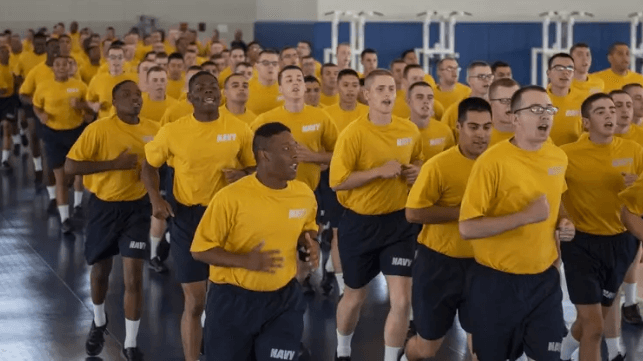U.S. Navy On Track to Miss Recruitment Target for Second Year Running

The U.S. Navy remains behind on its recruiting goals and will likely fall well short of target for the second year running. Out of a goal of 40,600 new personnel, the service now expects to bring in less than 34,000 - a shortfall of about 17 percent.
The Navy fell 6,000 people short of its recruiting goal in 2023 and is fighting to make up the gap. The news that it will fall short by another 6,700 people this year will be unwelcome to Navy leaders, especially since the Army and the Air Force are meeting their targets.
All of the armed forces face a difficult recruiting requirement. Unemployment is lower than it has been in two decades, and young job-seekers have plenty of options that do not require the rigors of military service. Many of those who do want to serve do not qualify: Low fitness, past brushes with the law, and low test scores reduce the pool of candidates, and Pentagon officials say that the majority of the U.S. service-age population does not qualify to enter the armed forces.
To meet its need for numbers, the Navy has changed its acceptable qualifications. It has raised the age limit for new recruits to the statutory maximum of 41; suspended its requirement for high school education or a GED; set up pre-entry boot camps to help non-qualified applicants meet standards; lowered its ASQT test score standard to the lowest level allowed by law; and suspended "up-or-out" high year tenure rules for current personnel.
According to Chief of Naval Operations Adm. Lisa Franchetti, the Navy is currently running about 22,000 people short of requirement - about 18,000 at sea and 4,000 on land.

that matters most
Get the latest maritime news delivered to your inbox daily.
The U.S. Coast Guard is also operating with a shortfall of about 10 percent of its manning requirements, but has taken a different approach. Instead of deploying ships with gapped billets, it is implementing de-facto early decommissioning for several cutters in order to free up personnel. These experienced servicemembers will be transferred to other vessels in order to continue operating ships with full crew rosters.
“We cannot do the same with less. Conducting our missions is often inherently dangerous, and doing so without enough crew puts our members and the American public at increased risk,” said Adm. Linda Fagan, U.S. Coast Guard Commandant, in a statement last year.
